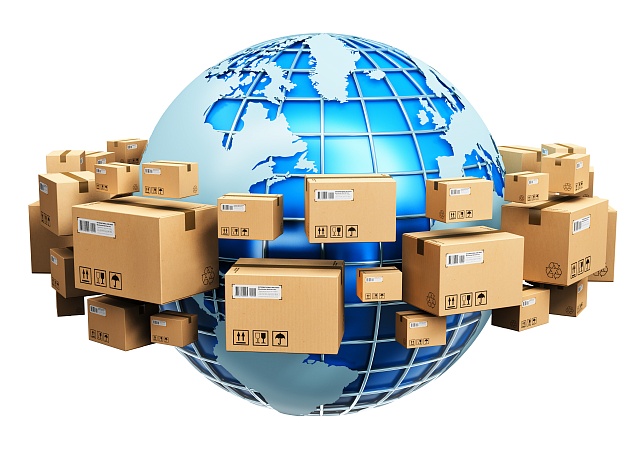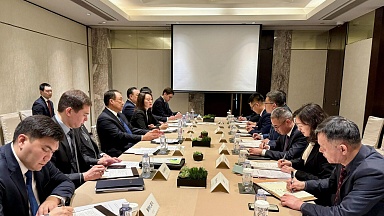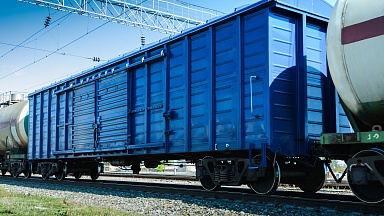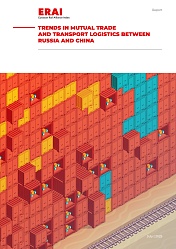Reuters reports that 40 container vessels were waiting at the outer Zhoushan anchorage on Thursday, up from 30 two days earlier. The port of Ningbo is located on the East China Sea, on the opposite side of Hangzhou Bay to the city of Shanghai.
The report added that Refinitiv data showed that Shanghai is already experiencing the worst congestion in at least three years.
Ningbo Meidong Container Terminal (MSICT), located on Meishan Island in Ningbo suspended all operations early on Wednesday morning after a port worker tested positive for Covid-19. Other terminals in Ningbo continue to work but some have imposed restrictions limiting the number of people and containers entering port areas.
Maersk issued a statement yesterday saying other terminals at Ningbo are «operating normally» with some vessels which usually call at Meidong being moved to other terminals in the port. It also stated that its VSA service AC6 (Asia- South America) which was due to call at MSICT next week with the Seaspan Oceania will now omit Ningbo.
CMA CGM has said that some vessels will be re-routed to Shanghai or skip port calls at Ningbo, while Hapag-Lloyd expects the suspension in Meidong to cause delays in some planned sailings, according to a company statement.
Nerijus Poskus, VP of Global Ocean at Flexport, the platform for global logistics, warned that the closure of the terminal is likely to lead to problems with trucking as well.
«We don’t know how long this closure will last, but with average wait times currently at 2-4 days, expect to add another day onto your dwell time for every day Ningbo Meishan terminal is closed.
«For any cargo already going through that terminal, it’s not a question of if it will be impacted but for how long. If you have urgent cargo that isn’t already at Ningbo, your best bet is to arrange trucking (as long as a special RNA test is not required for drivers) to Shanghai and then pay for premium ocean services from there. Speed will be of the essence, however, as it will only take a matter of days for trucking to become congested in response.»
China’s airports are also experiencing difficulties. Due to several crew members testing positive for Covid-19 and thereby impacting labour availability, China Cargo Airlines and China Eastern Airlines have suspended passenger belly freight until the end of August, reports Everstream Analytics.
«The situation is likely to cause airport congestion and delays and trigger further rate increases due to lost air cargo capacity. Major airports in China have restricted operations to undertake virus disinfection work and as a result, shortages in flight capacity and staff have been reported.»
Everstream also points out that Covid-19 outbreaks are causing transport problems not only in Chinese ports. Vietnam, once considered successful in containing the COVID-19 outbreak, is struggling to manage a surging outbreak of Delta variant cases in recent weeks.
The country’s southern provinces, particularly Ho Chi Minh City, have been severely affected. Authorities have implemented a slew of stringent restrictions that have paralysed the country’s supply chain and regulations have resulted in many businesses temporarily ceasing operations. As a result, the Port of Cat Lai serving Ho Chi Minh City has reached maximum yard capacity due to the unavailability of businesses to receive imported cargo, Everstream reports.




